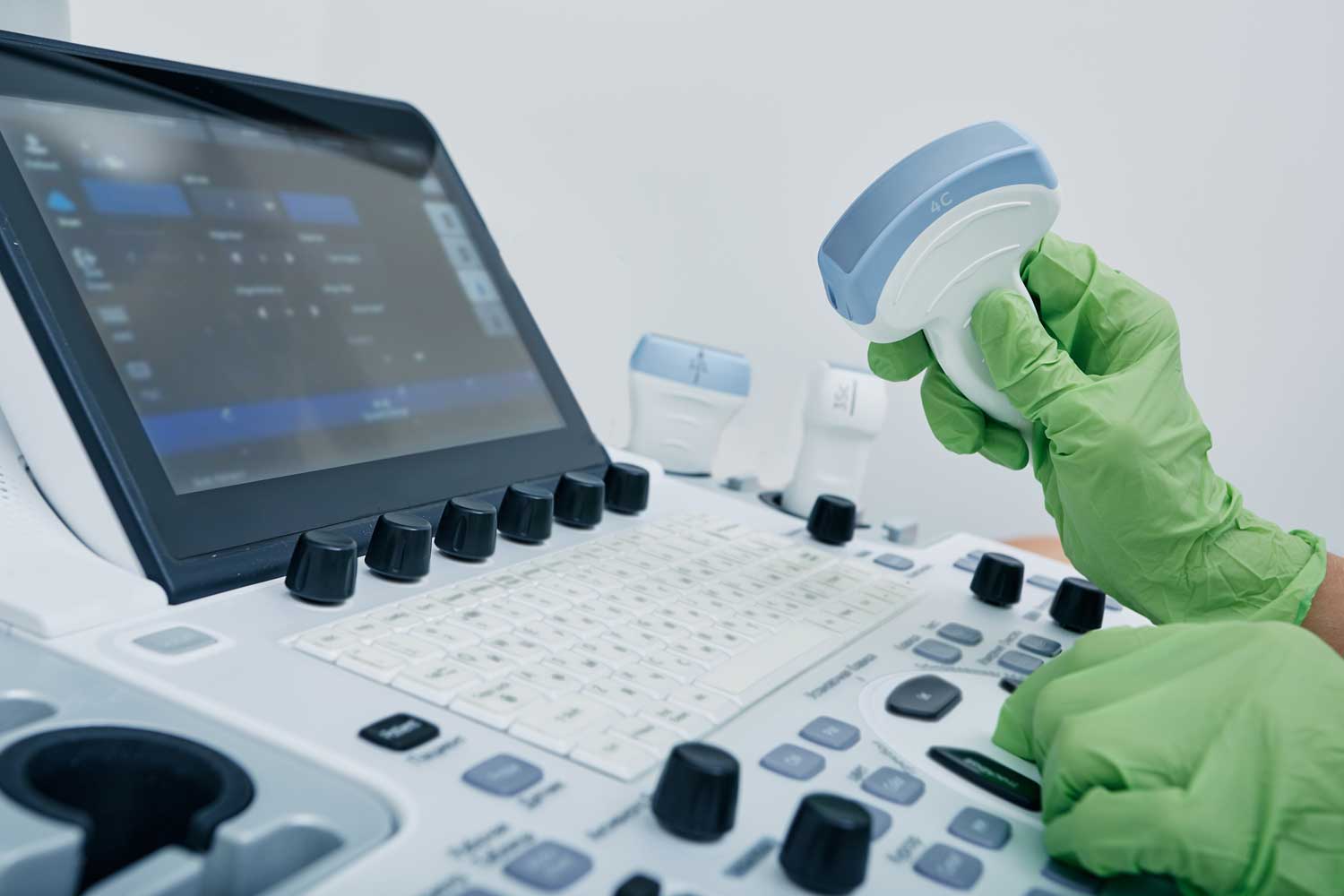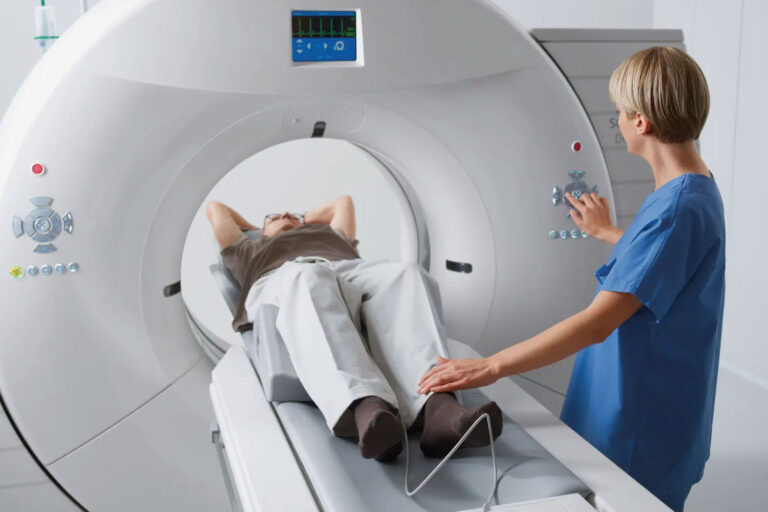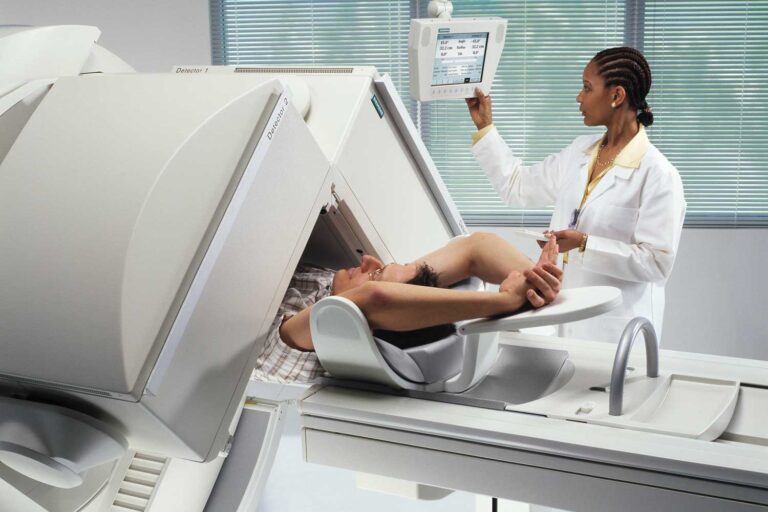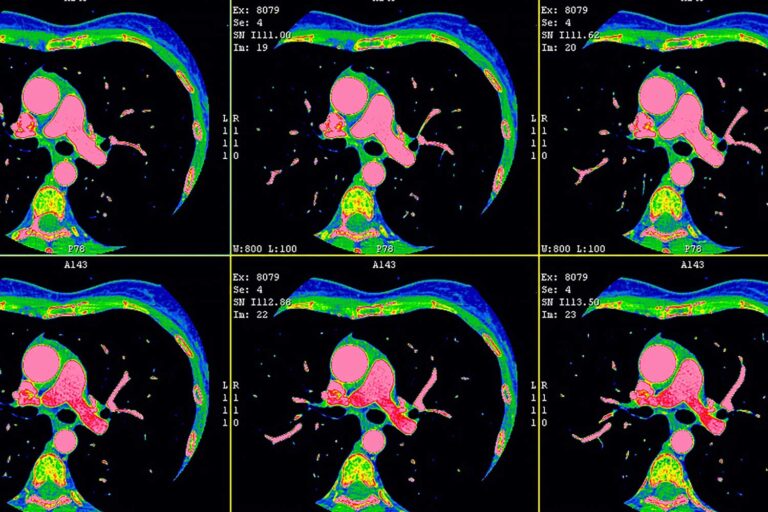When cancer progresses and spreads to the bone, patients often suffer debilitating pain. A new phase III clinical trial shows that noninvasive MR-guided focused ultrasound (MRgFUS) treatment that heats the cancer within the bone relieves pain and improves function for most patients when other treatment options are limited. The results were published in the Journal of the National Cancer Institute.
MRgFUS has been safely used to treat thousands of women with uterine fibroids. However, “This is the first phase III study to use this technology in the treatment of cancer,” says Mark Hurwitz, MD, the study’s principal investigator and lead author who’s vice chairman of quality, safety, and performance excellence and director of thermal oncology in the department of radiation oncology at Thomas Jefferson University in Philadelphia.
Additional Option
Although radiation therapy commonly is used to treat bone-related pain and effective for most patients, not all of them experience pain relief and, over time, those who do may experience pain recurrence. In addition, it’s possible for patients to receive the maximum radiation dose that can be safely delivered without fully controlling the pain. In situations where radiation therapy isn’t an option, alternative treatments are required.
In the new trial, 147 patients from 17 centers in the United States, Canada, Israel, Italy, and Russia were randomized to undergo MRgFUS or a sham treatment. Patients in the treatment group received focused ultrasound precisely targeted to their bone tumors to heat the tumor tissue to between 65˚ and 85˚C (149˚ to 185˚F), resulting in its destruction. During each treatment, the patients were monitored in real time via MRI to ensure the right tissue was targeted and the right temperatures were reached while ensuring heat in surrounding normal tissues and organs remained at safe levels.
The control group underwent the same procedure but without the ultrasound device turned on. Finally, patients who didn’t respond to the placebo treatment within two weeks were offered MRgFUS treatment.
Reduced Pain Meds
Patients responded well to the MRgFUS treatment, with 64% experiencing either no pain or a significant reduction in pain at three months as measured by a 2-point or greater decrease in the numeric rating score for pain, a clinically validated measurement tool. Many patients could reduce or stop their use of opioid medications. Notably, most patients experienced pain relief and improved functioning within several days of treatment.
“It’s clear that for many of these patients, pain has a major impact on their everyday lives,” Hurwitz says. “This approach offers a new way to help alleviate that pain via an outpatient, noninvasive procedure.”
Hurwitz says the next steps in this line of research are to refine the treatment technique to get an even greater response rate and to apply radiation and thermal therapy together in the treatment of bone metastases, noting the established clinical benefits for other malignant conditions with this combination. To that end, Thomas Jefferson University has opened a new program for thermal oncology within its radiation oncology department to provide patients with access to thermal therapies that have been shown to augment radiation treatment.
Source: Radiology Today













